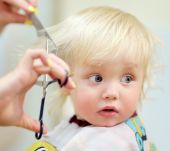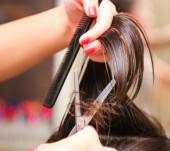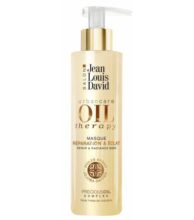
What is your hair type?
Lacklustre locks, excess sebum, dry tips. To treat your locks with a targeted haircare regime, the first step is to determine your hair type. Here are three criteria for a quick assessment.
First criteria: The amount of sebum secreted
Essential for nourishing and protecting the hair fibre, sebum is not secreted by everyone in the same way.
You have normal hair if your locks are lightweight, flexible, shiny and soft to the touch even two days after having washed them. You are lucky: it is a sign that your locks are in perfect health. To keep your hair in good condition, opt for mild shampoos and do not overuse haircare products.
You have greasy hair if your roots are quick to go greasy and your hair is limp and lifeless. The solution? Wash your hair less often and use purifying hair products.
Your hair is dry if it is lacklustre, dried out and feels course to the touch. Your locks get tangled easily and sometimes break during detangling. You have split ends . The solution? Make up for the lack of sebum by using nourishing masks.
You have combination hair if your roots are greasy but you have dry hair from the mid-lengths down to the tips. Sebum is secreted in sufficient amounts but gathers at the roots instead of hydrating the whole length of the hair fibre. What should you do? Purify your scalp with a green clay mask and use a hydrating oil soak on the lengths.
Second criteria: The diameter of your hairs
Study one of your hairs while holding it up to the light.
● If it is almost translucent and you can hardly feel it between your fingers, you have fine hair .
● If you can see it clearly and it has the texture of cotton thread, you have average thickness hair.
● If it is very easy to see and you can clearly feel it between your fingers, you have thick hair.
Third criteria: How wavy the hair is
Your hair is straight if the hair shaft is poker straight or relatively flexible. Conversely, your hair is curly if your hair shaft forms large rounded curls. Is your hair between the two? This means that you have wavy hair. If you have tight curls, your hair is frizzy.
Good to know: your hair type can change over the years. Overuse of hair colouring treatments, tiredness, illness, pregnancy, hormonal imbalance… There are many possible causes. Keep an eye on your hair’s appearance, as it may be trying to tell you something!
You would also like...
-
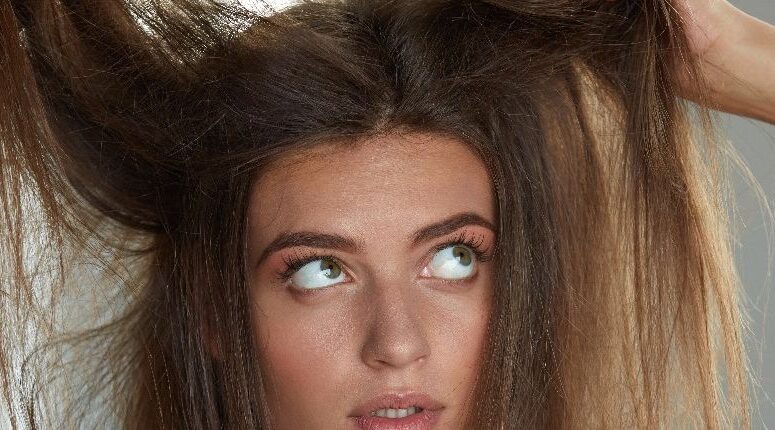 Damaged hair
Ten common misconceptions about dry hair
Is dry hair making your life difficult? To make matters worse, when you try and treat your lacklustre straw-like locks, you are not always given correct advice. To help you tackle the problem, here are…
Damaged hair
Ten common misconceptions about dry hair
Is dry hair making your life difficult? To make matters worse, when you try and treat your lacklustre straw-like locks, you are not always given correct advice. To help you tackle the problem, here are… -
 Damaged hair
Wearing headphones: what effects does it have on your hair?
Music lovers take note: your trusty music accessory is not without risks for your locks. What are the hair issues that you may encounter when you wear headphones, and what should you do to avoid…
Damaged hair
Wearing headphones: what effects does it have on your hair?
Music lovers take note: your trusty music accessory is not without risks for your locks. What are the hair issues that you may encounter when you wear headphones, and what should you do to avoid… -
 Damaged hair
Split ends: persistent preconceived ideas
Dry, damaged tips: you think you know everything about split ends but these strands split in two have created some stubborn preconceived ideas. We take a closer look. 1. Split ends can be repaired with…
Damaged hair
Split ends: persistent preconceived ideas
Dry, damaged tips: you think you know everything about split ends but these strands split in two have created some stubborn preconceived ideas. We take a closer look. 1. Split ends can be repaired with… -
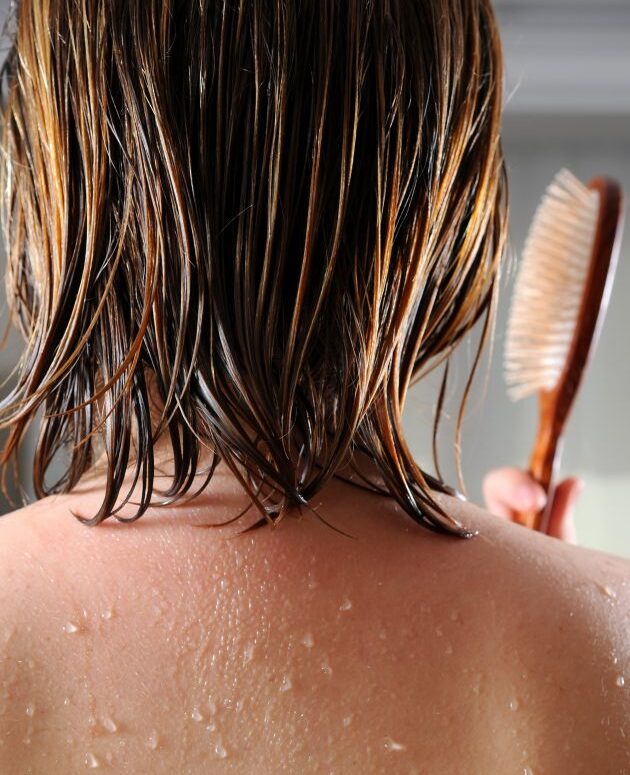 Damaged hair
Why shouldn't you brush wet hair?
Have you got into the habit of brushing your hair immediately after washing? Find out why this is not as good an idea as it may seem. Wet hair is very fragile Water loosens and…
Damaged hair
Why shouldn't you brush wet hair?
Have you got into the habit of brushing your hair immediately after washing? Find out why this is not as good an idea as it may seem. Wet hair is very fragile Water loosens and…
Not to be missed
-
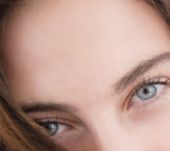 Damaged hair Hair: how to prepare for seasonal hair loss
Damaged hair Hair: how to prepare for seasonal hair loss -
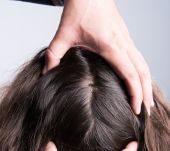 Damaged hair Dry scalp: consequences and solutions
Damaged hair Dry scalp: consequences and solutions -
 Damaged hair What are the no-poo and low-poo trends?
Damaged hair What are the no-poo and low-poo trends? -
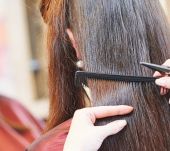

 France
France
 Spain
Spain
 Italy
Italy
 Polska
Polska
 Portugal
Portugal
 Mexico
Mexico
![[EN] Jean Louis David [EN] Jean Louis David](https://www.jeanlouisdavid.us/app/themes/jld/dist/images/svg/logo-jean-louis-david.svg)

